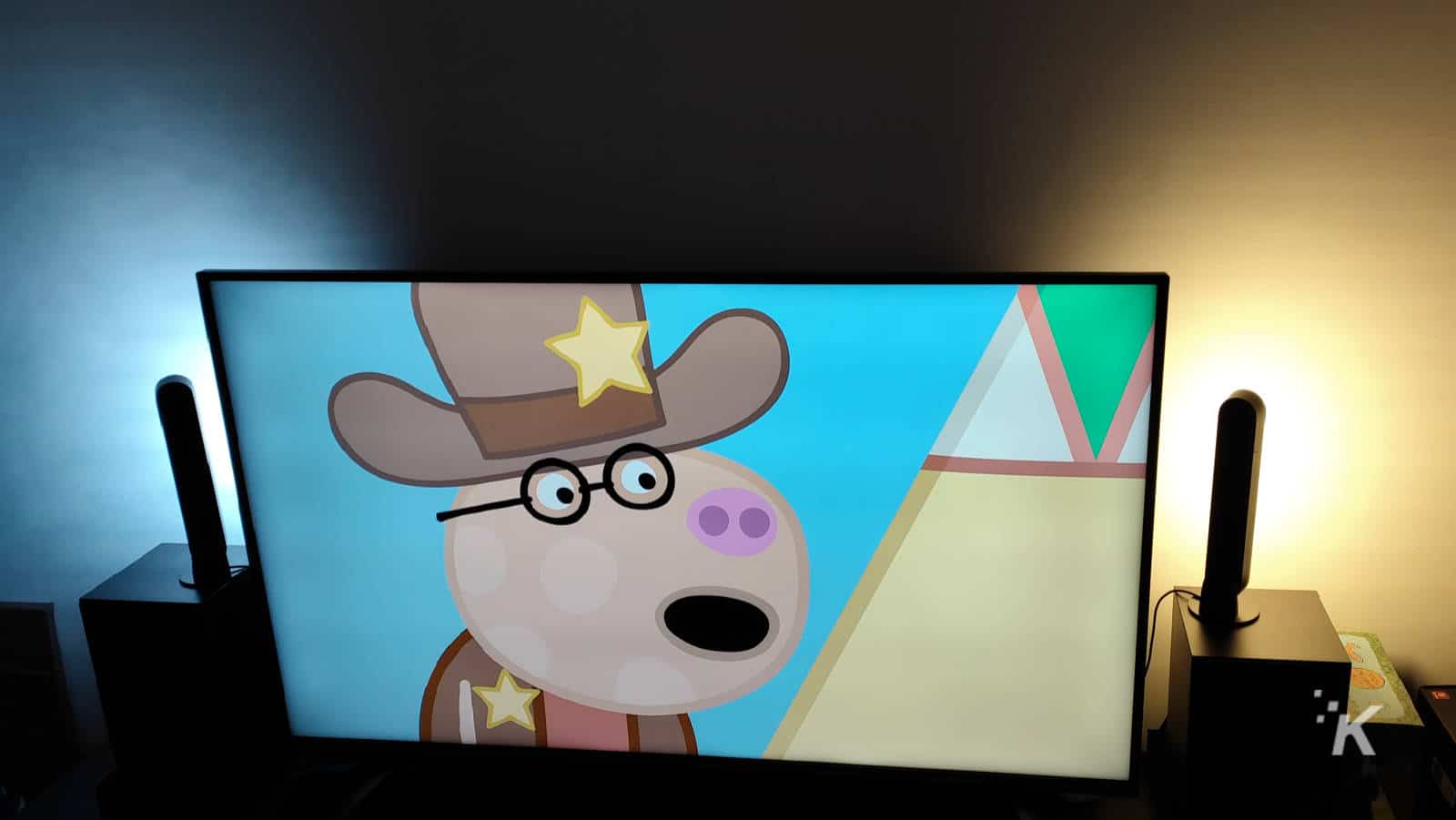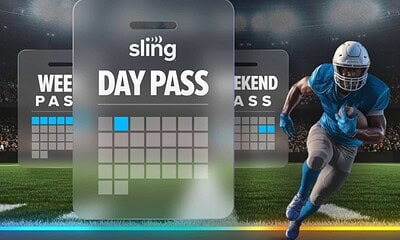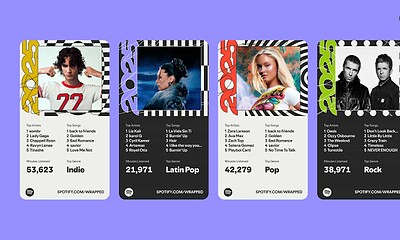Entertainment
Review: Philips Hue Play Bars and Sync Box – immerse yourself in color
At $230 however, it may be a tough sell.

Just a heads up, if you buy something through our links, we may get a small share of the sale. It’s one of the ways we keep the lights on here. Click here for more.
[letsreview postid=”104537″]
If you’re looking to up your TV watching game, one of the easiest ways to add immersion is with bias lighting. Philips Hue has been at the forefront of this since its inception, and now there’s a new, responsive way to add lighting effects to your viewing habits – the $230 Philips Hue Play HDMI Sync Box.
Phew, that’s a mouthful. That’s okay though because the effects speak for themselves. It’s currently the easiest and best way to add responsive bias lighting to your TV, and it does it with low-latency and impressive color accuracy. It’s the next step up from the computer-controlled Philips Hue Play light bars, reducing the lag between what’s on-screen and when the lights change color.
The only real question to ask yourself is: Do I want pulsing lights around my TV? If yes, read on.
So, what’s it all about?
The Play HDMI Sync box is a little like an oversized streaming box, with four 4K, 60FPS HDMI inputs, and one output. These are all HDMI 2.0b with HDCP 2.2 so things like Netflix content protection works when passed through the connections. All of these now pass HDR10+, Dolby Vision, and HDR10, while syncing the lights according to what’s onscreen, thanks to a recent update.
That update also enabled voice control for Siri, Alexa, and Google Assistant, so you can tell your lights what to do, and support for external remote controls via the IR receiver on the front of the box.
The box connects to your WiFi network via 802.11 b/g/n on the 2.4GHz band, supports CEC for control via other HDMI devices, and has Bluetooth 4.2 which is how you connect to it on the first setup. There’s also a micro USB port that you can connect to your TV, which lets the box detect if your TV is on or not and change its own power accordingly. Oh, and there’s a power socket, but the interesting part is that the power brick has three sockets, so you can plug two Hue Play light bars in as well from one plug.
Once you’ve figured out which Hue lights in your room are going to be synced to the box, it’s time to plug some wiring in. HDMI cables go in from your sources, and one HDMI goes into your TV. If you’ve got an AV receiver, you can leave everything plugged in how you already have it and put the Sync box between the video-out socket of your AV receiver and your TV.
Now that the Sync box has HDR10+ and Dolby Vision support, the only real reason you’d put it after your AV receiver is because you want to use audio formats such as Dolby TrueHD or DTS-HD Master Audio. That way you get the lighting sync, while still keeping your quality audio. Oh, and it’s worth mentioning that the sync box won’t work if you’re using the inbuilt apps on your TV, you need it connected to an external source such as a Roku.
Then you connect the Hue Play HDMI Sync Box to your Hue Bridge, but you need to use the Hue Play HDMI Sync app, not the normal Hue app to do so. Once connected, you then make a “Hue Entertainment” room, where your lights are, and drag the representations of those lights around so they approximate where they are in relation to your TV.
So, how does it all work?
Once the Hue Play HDMI Sync Box detects an input, it’ll start changing your attached lighting accordingly. This works best with content with solid blocks of color, such as the cartoon above, but it’s just as nimble with things like lightning flashes or explosions, changing the colors in a split second to correspond with the onscreen action.
There’s Video, Music, and Game presets, with varying levels of intensity and speed of light changes. Both Video and Game sync up with the onscreen colors, while Music syncs with the rhythm of the song being played. It’s pretty good in action, and I really appreciate the extra level of immersion that it brings, particularly when I’m playing games on my Nintendo Switch.
So, should I buy the Philips Hue Play HDMI Sync Box?
At $230, the Philips Hue Play HDMI Sync Box isn’t the cheapest thing you can add to your TV to increase immersion, but it does come with the backing of the rest of the Hue ecosystem. That assumes you’ve already got Hue bulbs with a Hue Hub, or Hue Play kits which can get spendy if you’re buying it all at once.
Still, if we’re going to be stuck indoors for a while, don’t we deserve a little luxury? I can’t imagine going back to a time before having voice-controlled lightbulbs, and after using the Hue Play HDMI Sync box for a few months, I can’t imagine watching movies without it. The extra feeling of immersion is worth the cash, especially for video games.
Editors’ Recommendations:
- Review: Sennheiser GSP 370 wireless gaming headset
- Review: Octobo – who said all screen time is bad?
- Review: The TCL 10L manages to TCL my PKL for only $250
- How to check and update your Philips Hue firmware to prevent you from future hacks
Just a heads up, if you buy something through our links, we may get a small share of the sale. It’s one of the ways we keep the lights on here. Click here for more. A sample unit was provided for the purpose of this review.

































